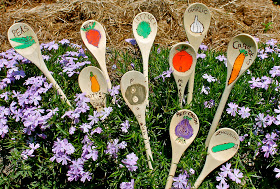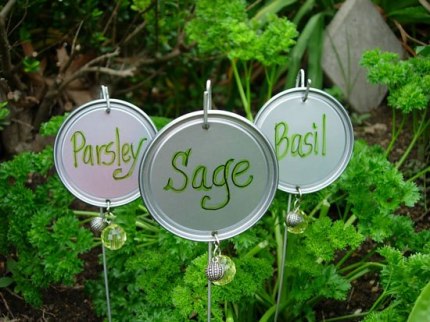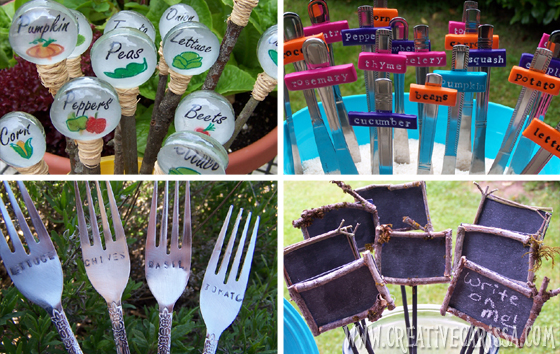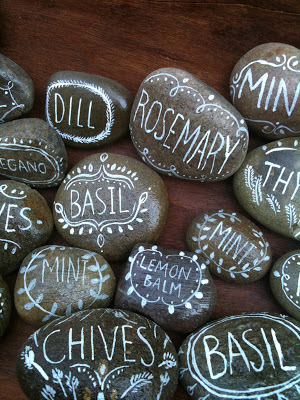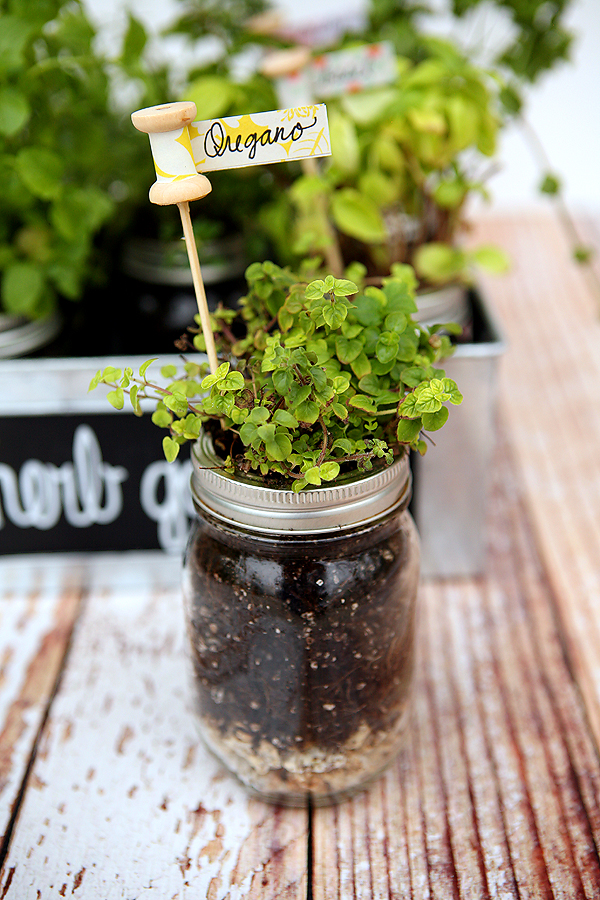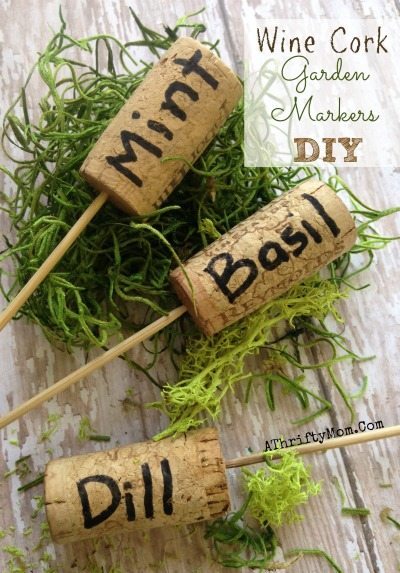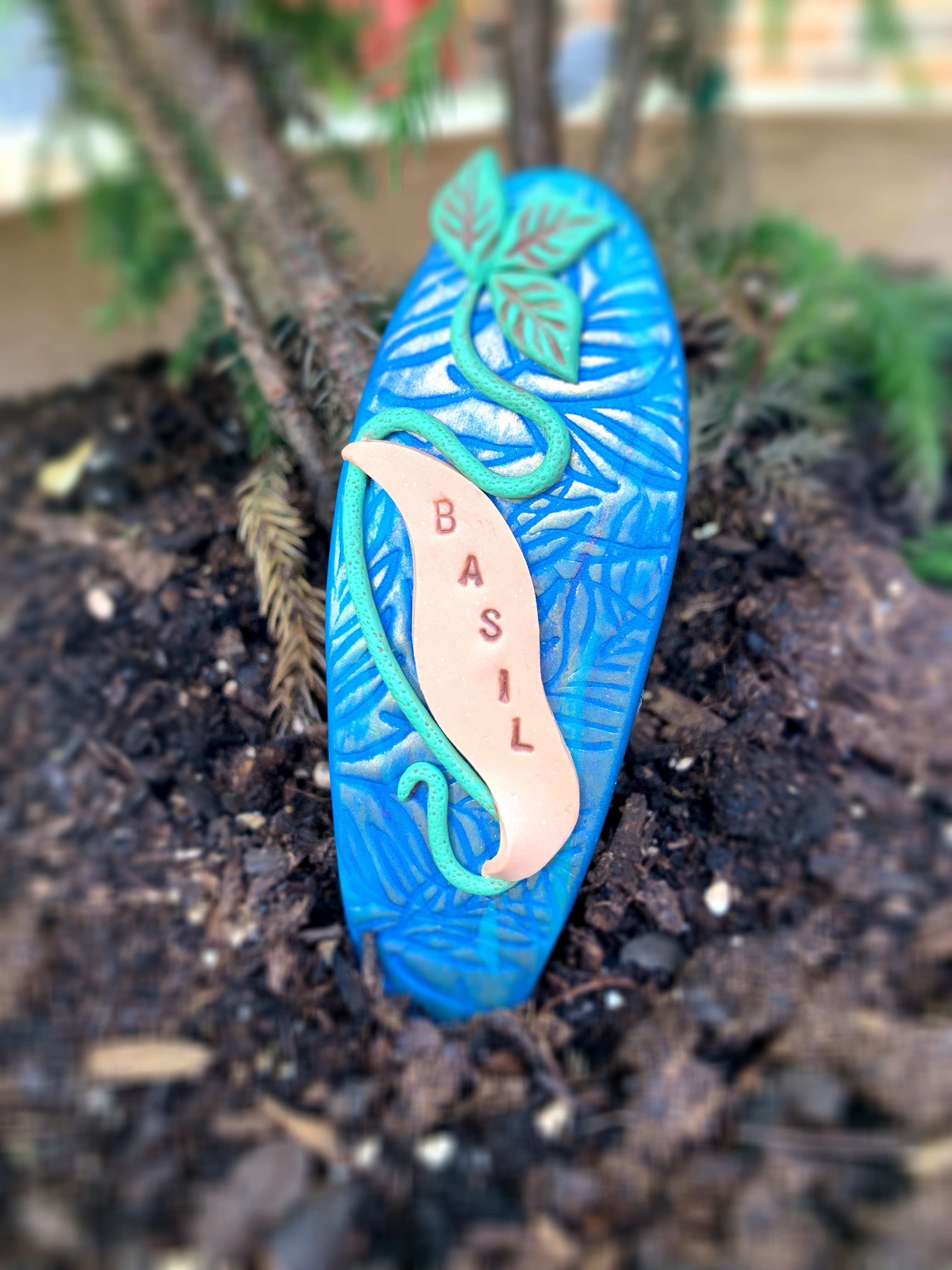

So, as much as I would love to brag that I’m a natural green thumb, that would be a little white lie. To put it simply, I have a tendency to kill green things. It’s sad, but true. Don’t get me wrong, I love planting flowers, herbs, and vegetables. They just don’t love staying alive every time I do. Honestly, I think I enjoy crafting DIY garden label stakes and other outdoor decorations more than tending the actual garden!
I’m not a total black thumb; I have managed to keep a number of plants alive. We have a family “Yule tree” that’s survived several winters. It’s actually growing, too (which I did not expect). I’ve also had luck with herbs, and look forward to planting new varieties each spring. So, I guess my blanket statement that “I kill green things” isn’t entirely true. Just sometimes.
Before I get to the garden stakes, I have a recommendation for anyone who just read that intro and is thinking, “That’s me, too.” If you want to be more green, start simple; try container gardening. That’s pretty much all I do, mostly because I just don’t have the time to plant, fertilize, water, and weed a big garden. Containers are much easier to maintain.
Please note, this post contains affiliate links. If you click through and make a purchase, I receive a small commission. This doesn’t cost you anything, but it makes me happy…so happy that I might even go out and hug a tree! Thanks for your support! Read my Disclaimer for additional information.
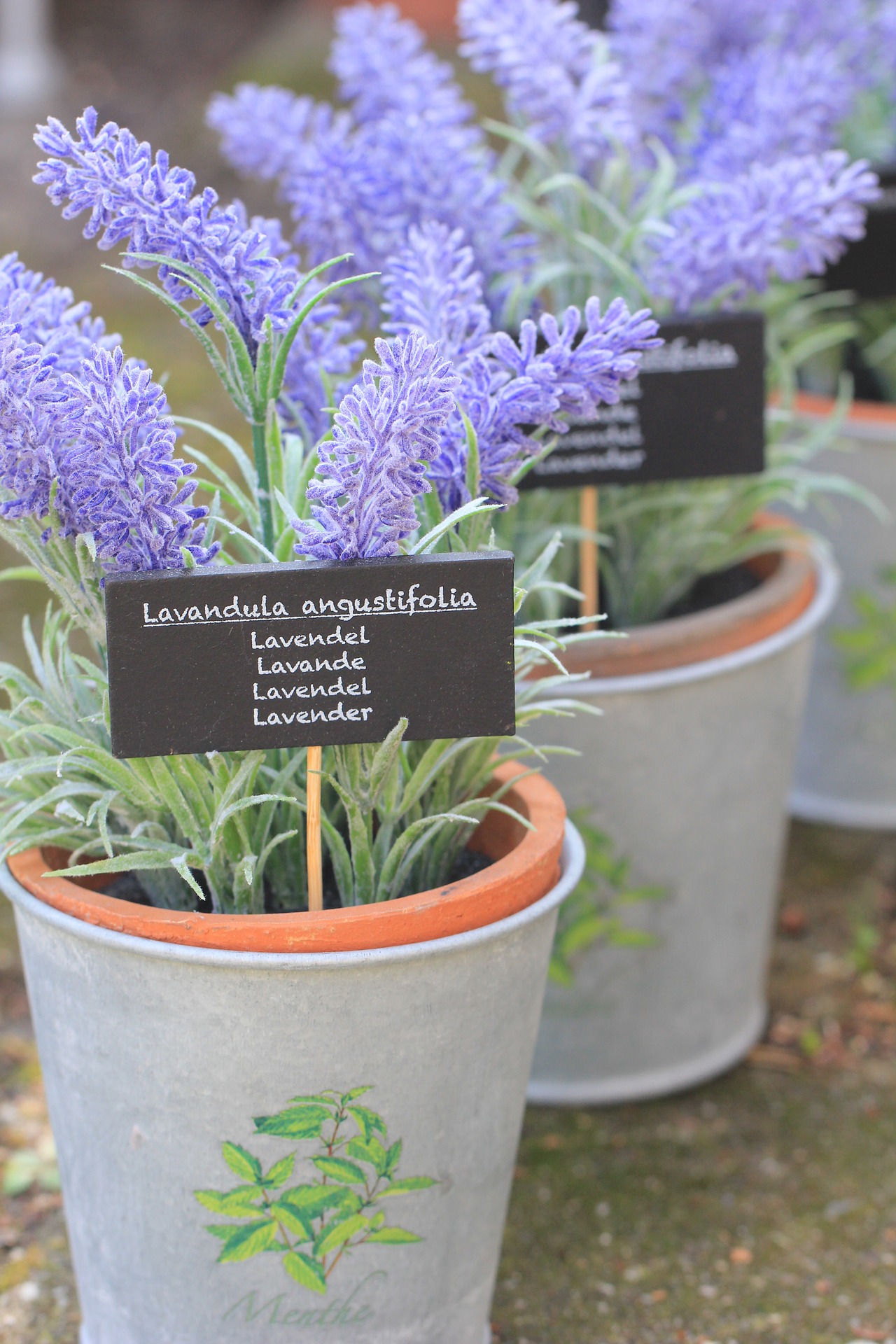
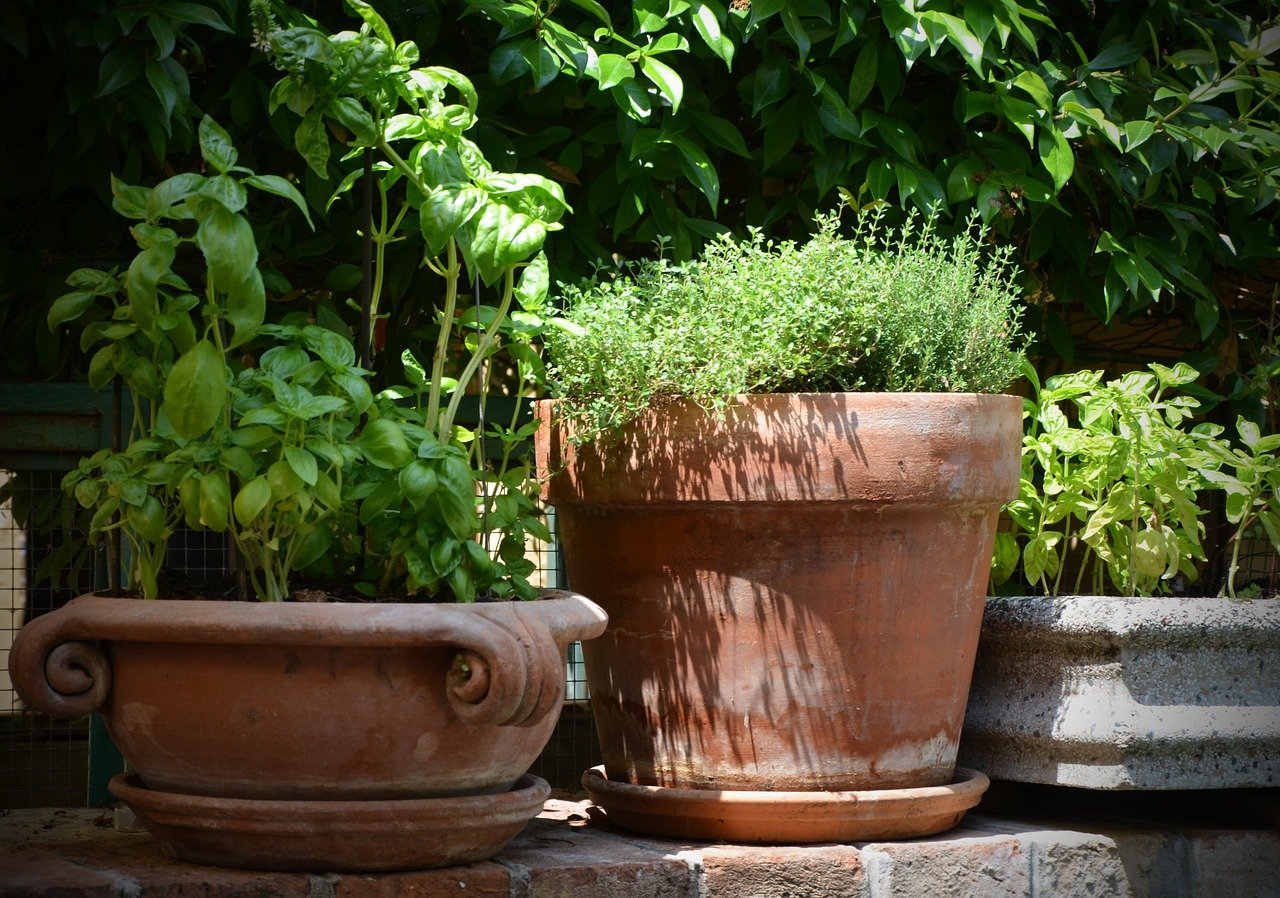
Planting Herbs in Containers
Herbs do well in containers, which makes them super easy to cultivate, even if you’re not a green thumb. They’re a great place to begin if you’re wanting to take up gardening as a hobby. After I do the hard work of buying the seedlings and re-potting them, I simply set them outside and let nature take care of them. It’s like a free plant-sitter.
Below is a short list of herbs I recommend for anyone who wants the benefit of having fresh herbs to cook with, but doesn’t have the time (or correct thumb color) to care for them.
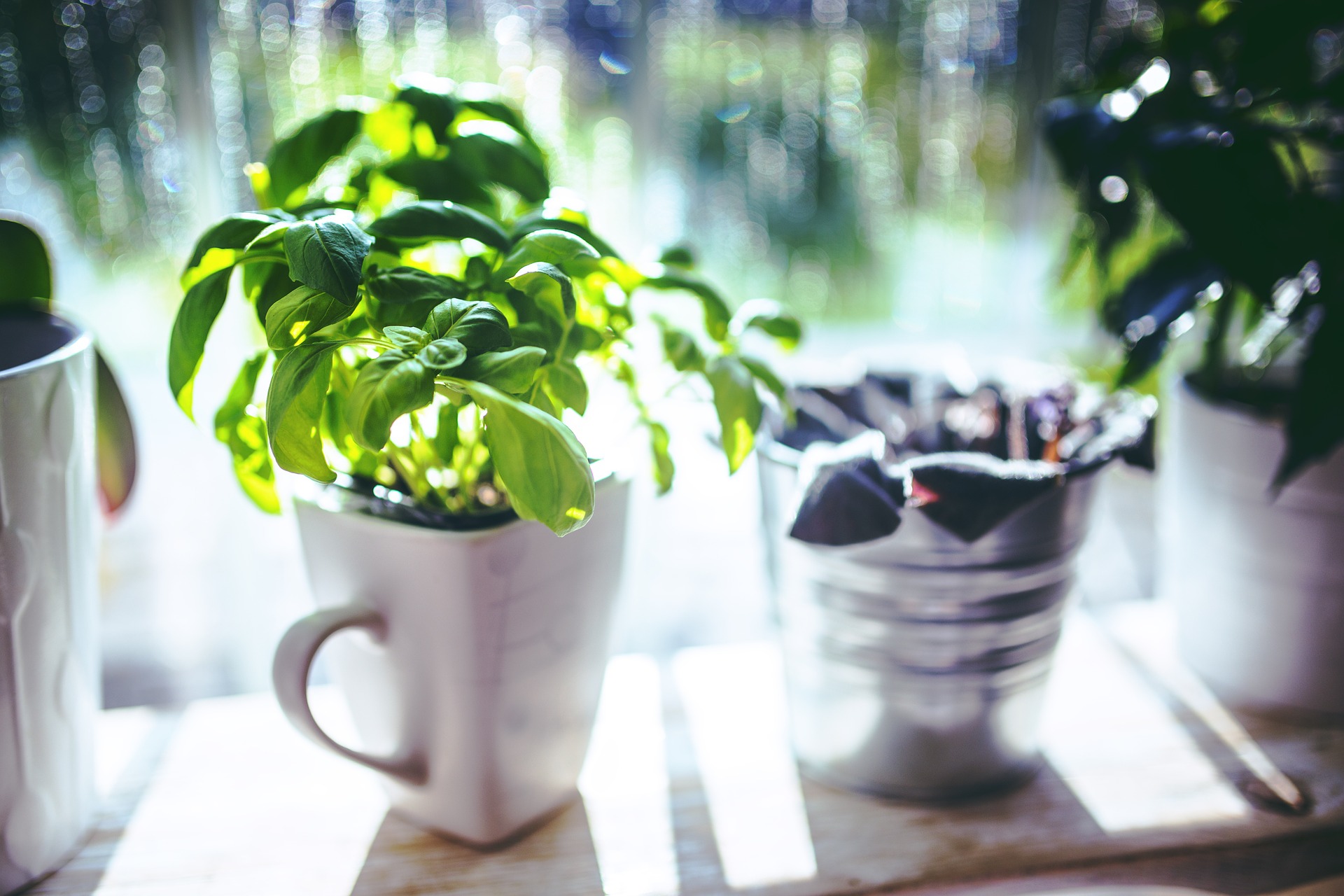
Basil - This Italian herb is an annual that grows best in full sun and well-drained soil. It can be planted alongside other herbs such as parsley and thyme in a single, 5-gallon container.
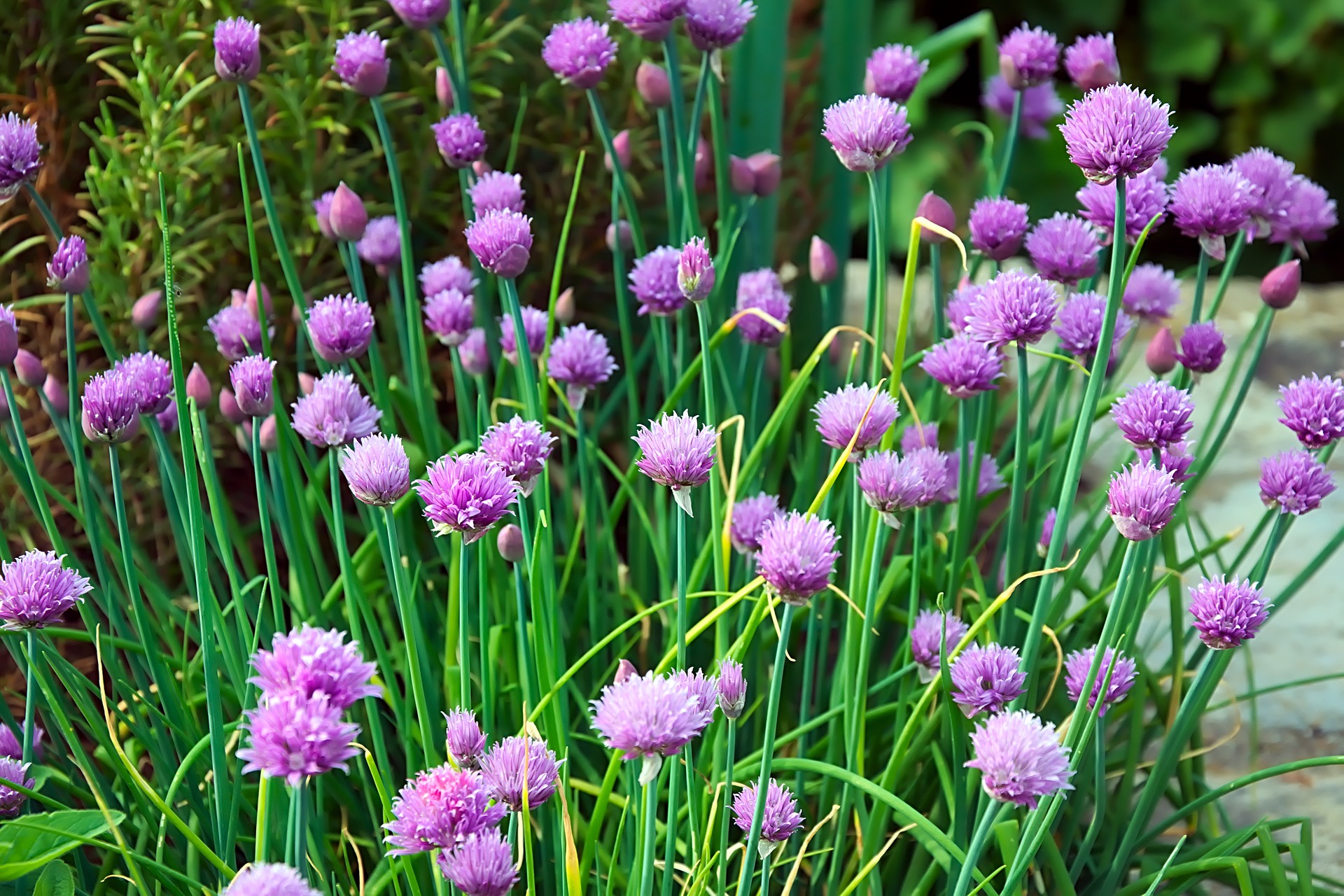
Chives - Chives are perennials that look like grass but taste like onions. Both their flowers and leaves are edible. They should be planted in well-drained soil and do best in full sun.
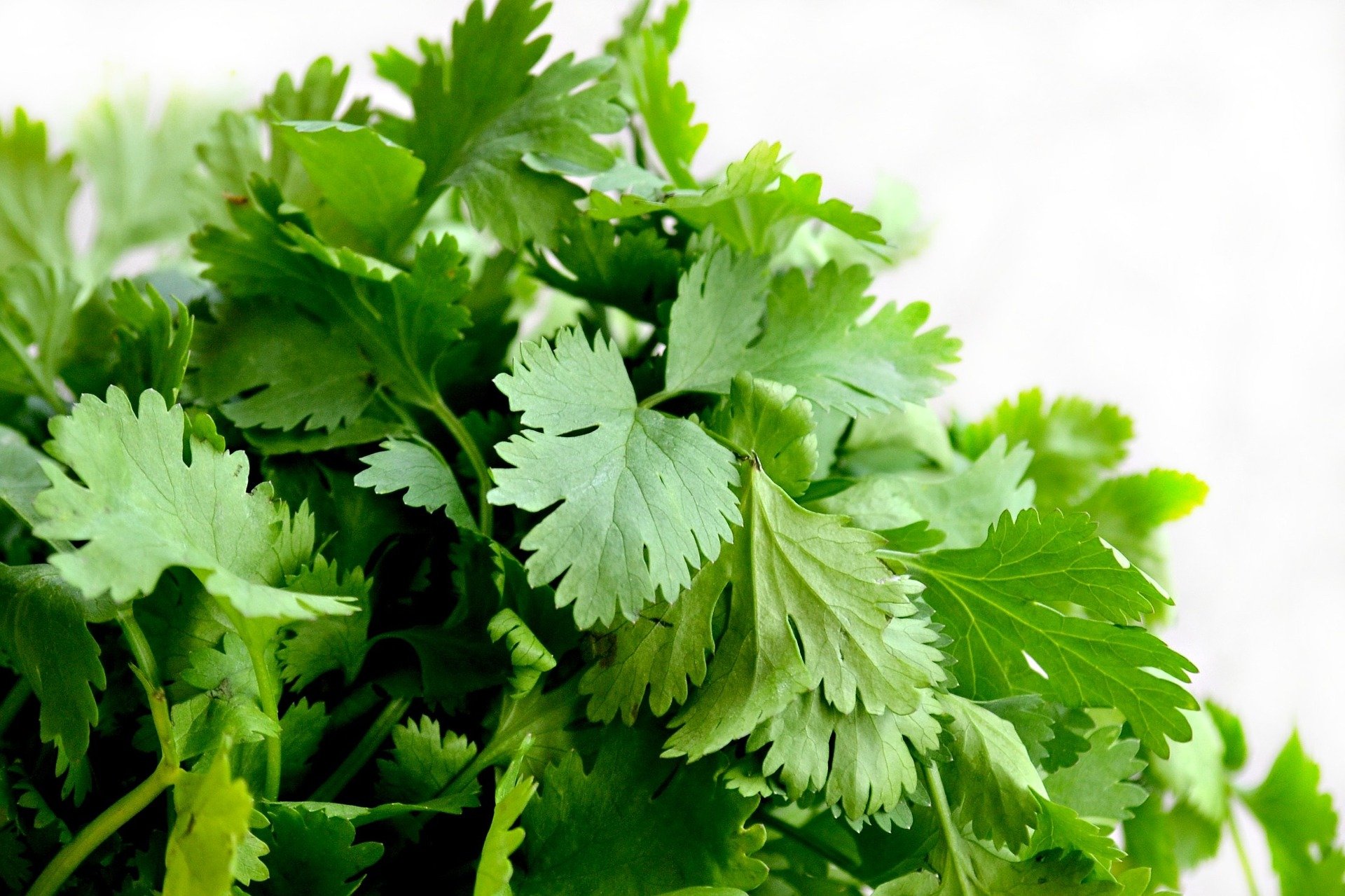
Cilantro - This herb has a tangy taste that adds excellent flavor to dishes. It is an annual that thrives in well-drained soil and full sun.
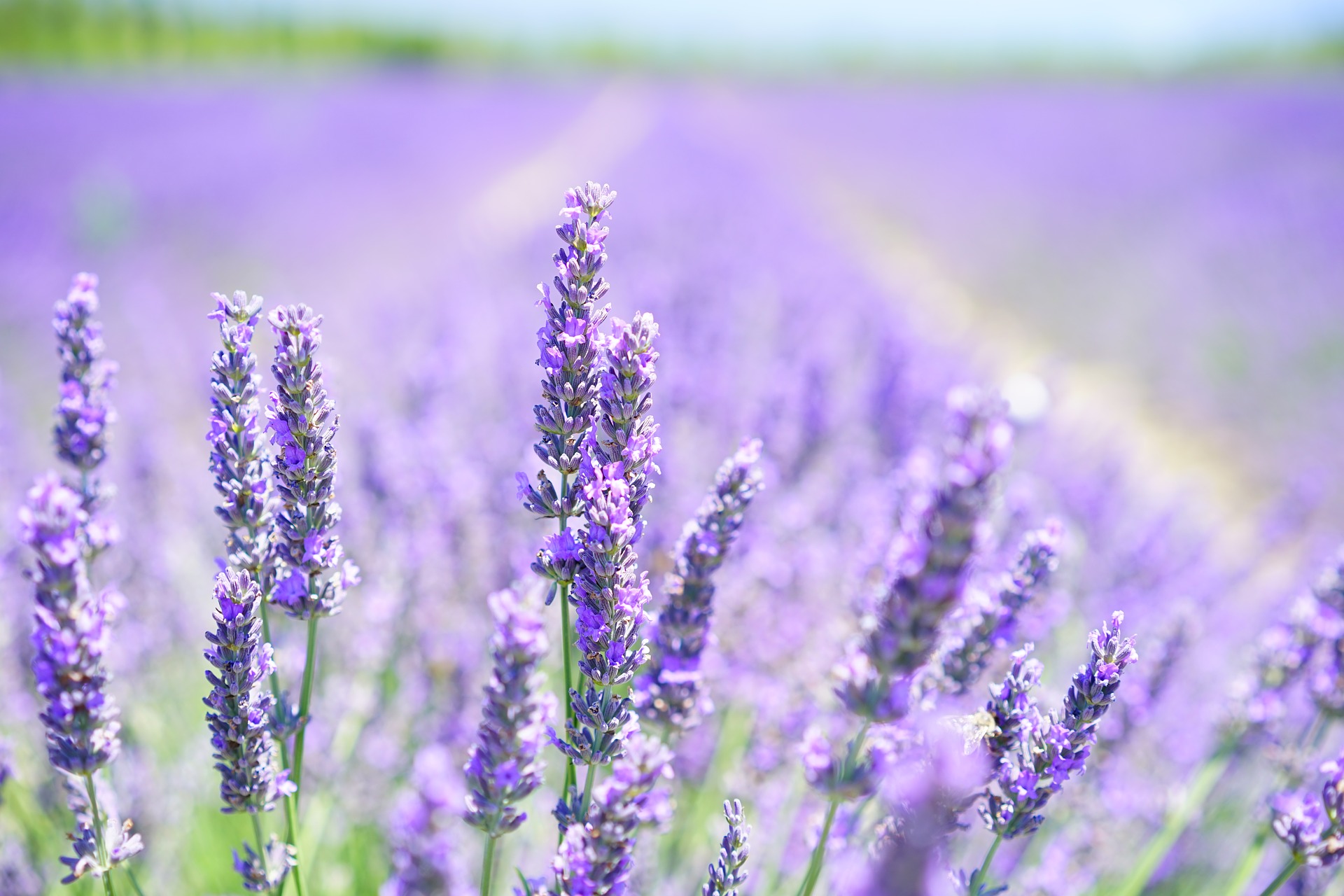
Lavender - A bushy perennial shrub, lavender prefers full sun and well-drained soil. Dried lavender makes an excellent tea, but the oil is more commonly harvested for its medicinal properties.
Mint - This plant grows rapidly and spreads, so it’s best when confined to a container. It can be grown in full or partial sun and will thrive in just about any soil type. There are multiple varieties, including spearmint, peppermint and chocolate mint.
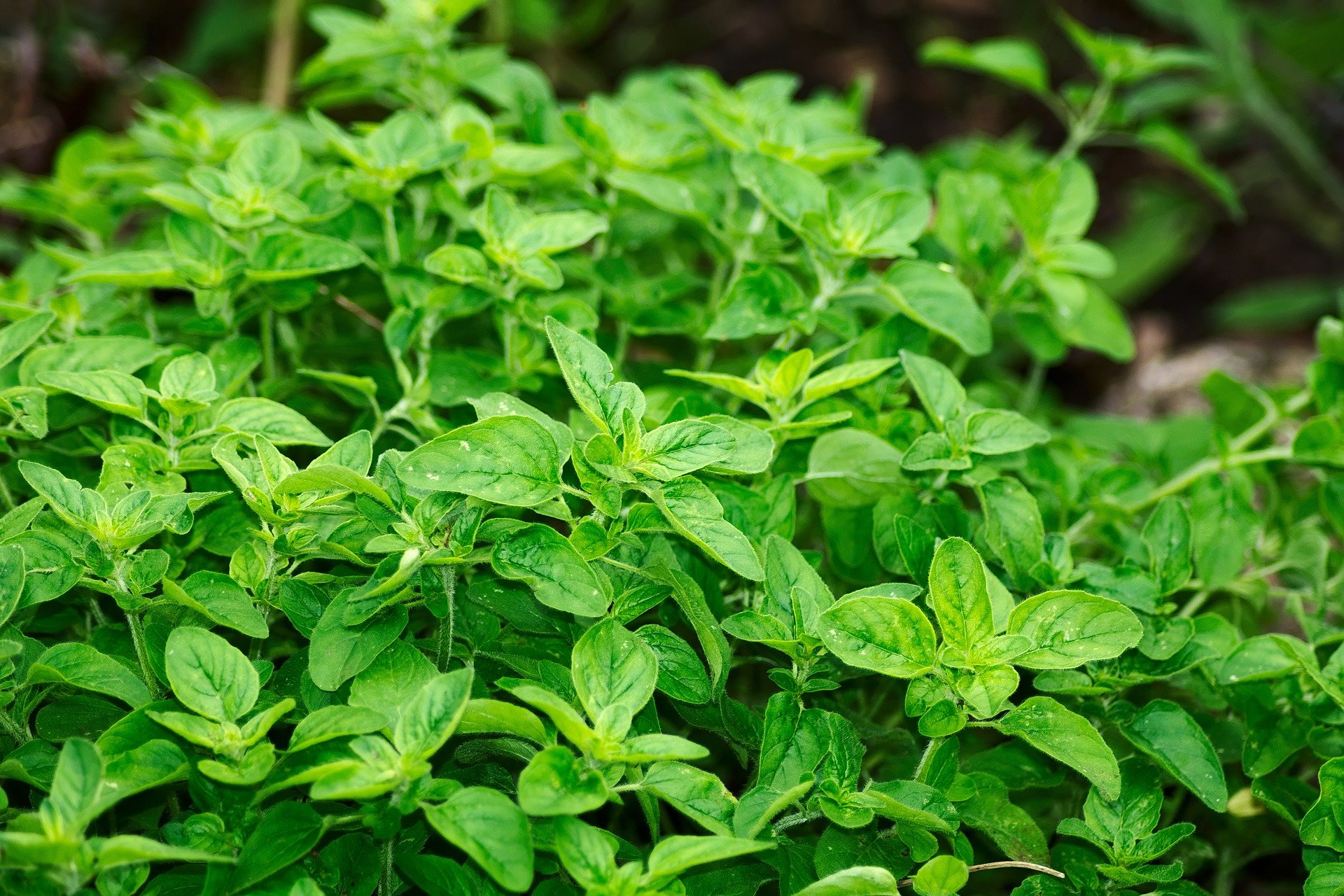
Oregano - This common spice is used in many dishes worldwide. The more sun your oregano plants get, the more flavorful their leaves will be when harvested.
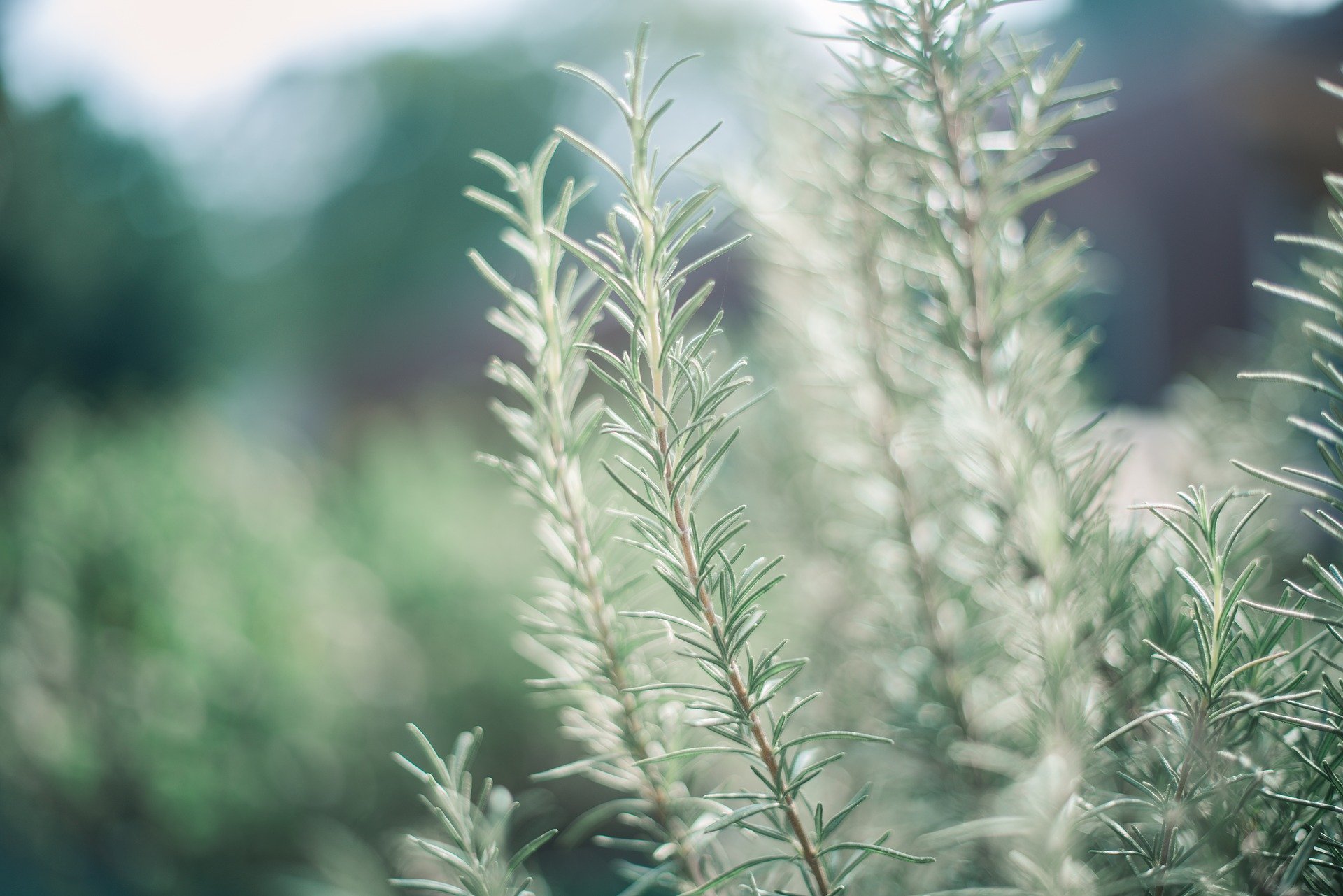
Rosemary - An evergreen shrub, rosemary likes it hot, dry and sunny, making it a good herb for areas that get little rain. It can be grown with sage, bay and thyme in a large container.

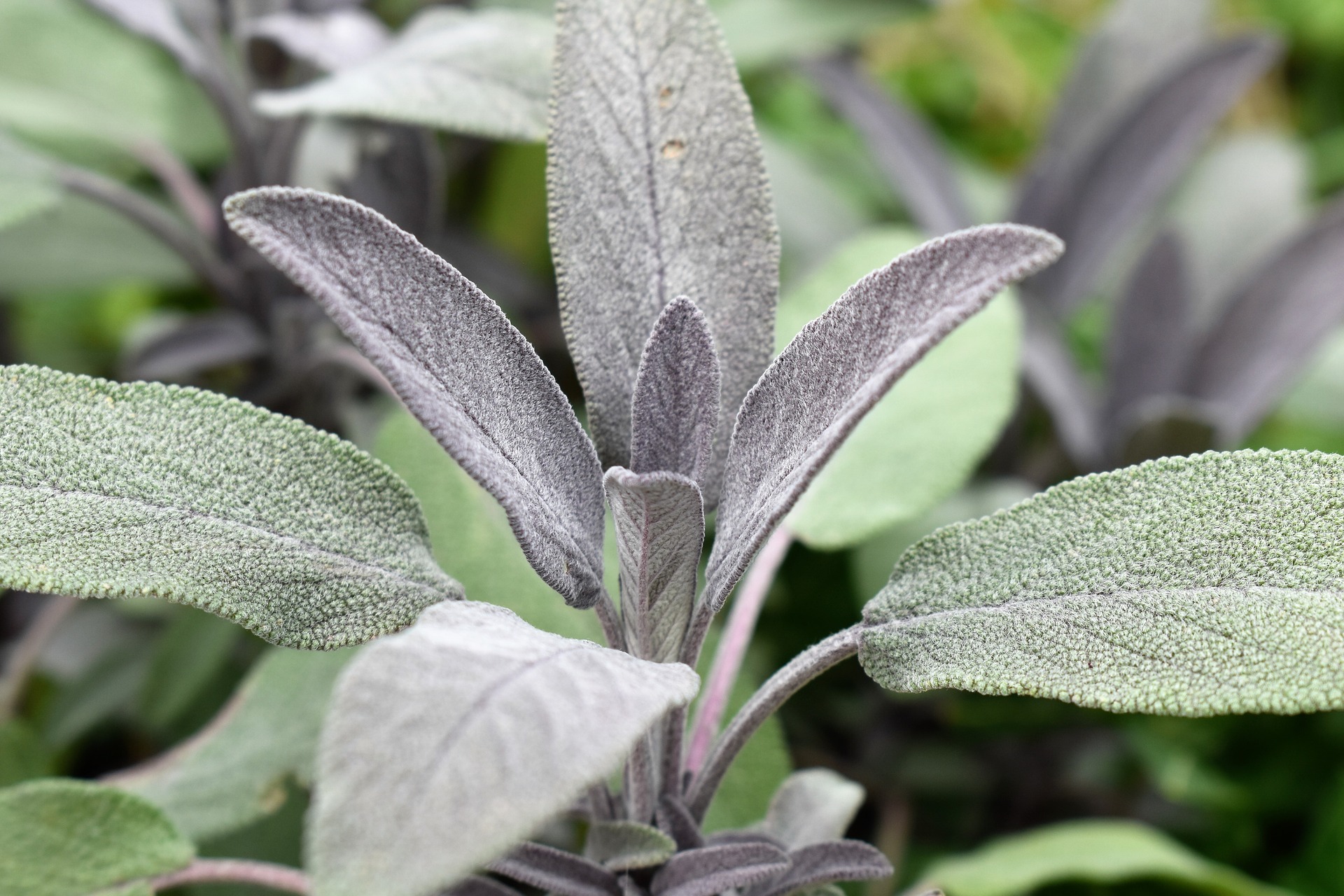
Sage - One of my favorites, sage is used to season poultry, among other things. It is best grown in full sun and well-drained soil. It’s a woody plant that does well with other herbs.

Thyme - There are multiple varieties of thyme, but none tolerate wet soil, so be sure to plant in a container that drains easily. Thyme is used to season soups, meat and pasta dishes.
Making Your Own Garden Markers
Once you’ve done the hard part and established a few plants, it’s time to get crafty. Making your own garden label stakes is simple and fun. Most of the ideas below can be easily crafted by kids (with a little help from mom or dad). Each of the images is linked to the appropriate website with instructions for crafting your own version. If you expect to leave your plants out in full sun, be sure to seal your garden stakes to prevent them from fading.

Wooden Spoon Garden Marker
A wood burning tool is recommended to add depth to these simple garden stakes, but it’s not absolutely necessary. You can also use a fine-tipped, black permanent marker to outline the drawing and label each marker. These are super easy for kids to do on their own, but if you want to use a wood burner, be sure to do that part for them for safety reasons.
Various Garden Marker Designs
This site offers several different marker designs, including stamped silverware garden stakes, glass gem garden markers, and chalkboard garden stakes. Each of these is unique, but I really like the rustic chalkboard markers because you can reuse them from year to year. As the website notes, they should probably be used with indoor plants or in outdoor pots that are protected from the elements.
Herb Stone Markers
Such a simple idea, but so cute. All you need are a handful of smooth rocks and some white acrylic ink. Simply write the name of the herb in the center of the rock and then go doodle-crazy! The author suggests coating them with a protective varnish, but note they will likely still fade if left out year-round.
Wooden Spool Garden Stakes
OK, these are just adorable! They’re also super easy to make and require very little in the way of materials. Just grab a few wooden spools, wood skewers or dowels, scrapbook paper, and a black sharpie, and you’re ready to go. I wouldn’t recommend placing these stakes outside because of the scrapbook paper, but they’re definitely one of the more unique designs I found.
Beaded Garden Stakes
I don’t know about you, but I have tons of beads hidden all over my craft room. Add a few alphabet beads and some nice glass beads to a bit of florist wire, and you’ve got a pretty garden stake that sparkles in the sun. These can be placed just about anywhere. The beads and floral wire will hold up against the elements for quite a while.
Clay Garden Stakes
I dabble in polymer clay quite a bit. One of the reasons I like it so much is that it can mimic just about any material. These garden stakes were made with polymer clay, skewers, letter stamps, and a little paint to fill in the impressions made by the stamps. You can “fire” polymer clay in an old toaster oven, or use air dry clay instead, and paint them once they harden. If you’d like a tutorial for this design, please click on the image. I’d love for you to join the Tree Huggin’ Mom mailing list as well; I send my fellow tree huggers exclusive craft tutorials.
I hope these designs inspire you not only to craft some cute garden label stakes, but also to plant a garden of your own. Whether you prefer bright flowers or more subtle herbs, any container plant adds beauty and a touch of nature to your home, front porch, or back deck. So, get out there and plant (and hug too, if you like) some green things!
Related Articles
If you enjoyed this article, you may wish to read these as well!

Gardens for the Classroom
I don’t know about you, but most of the teachers I’ve met have limited classroom space. This makes finding a place to set up a small herb garden a serious stretch. Luckily, plants don’t mind hanging from the ceiling or a strategically-placed curtain rod by the window...
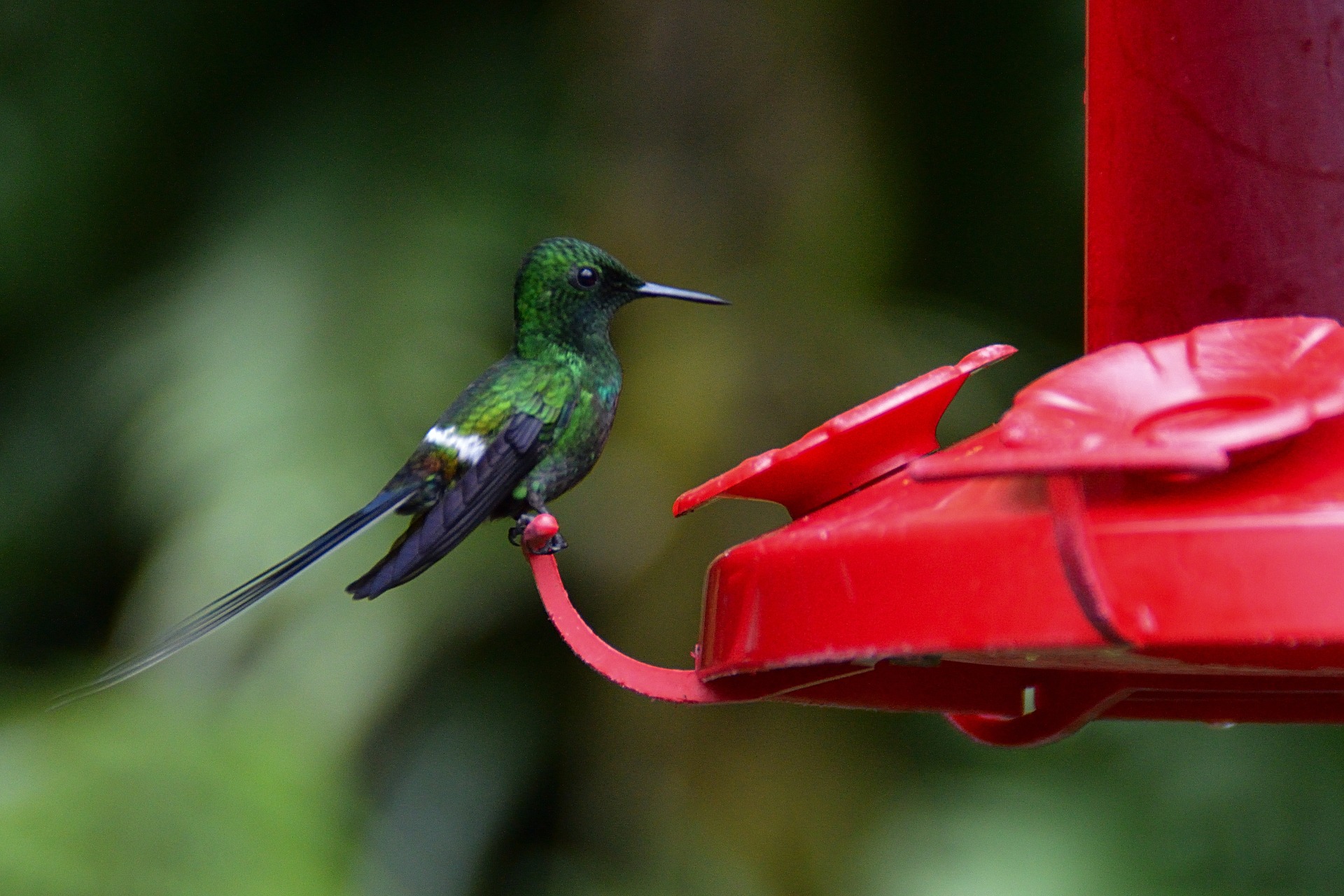
Attracting Hummingbirds
There are more than 300 species of hummingbirds worldwide, but only a couple dozen visit North America. Of those, very few will stay year-round. Instead, they migrate to warmer climates (Central and South America) when it gets cold. So, why don’t hummingbirds stick around all year? To put it simply, hummingbirds are not fond of winter (kind of like me)...
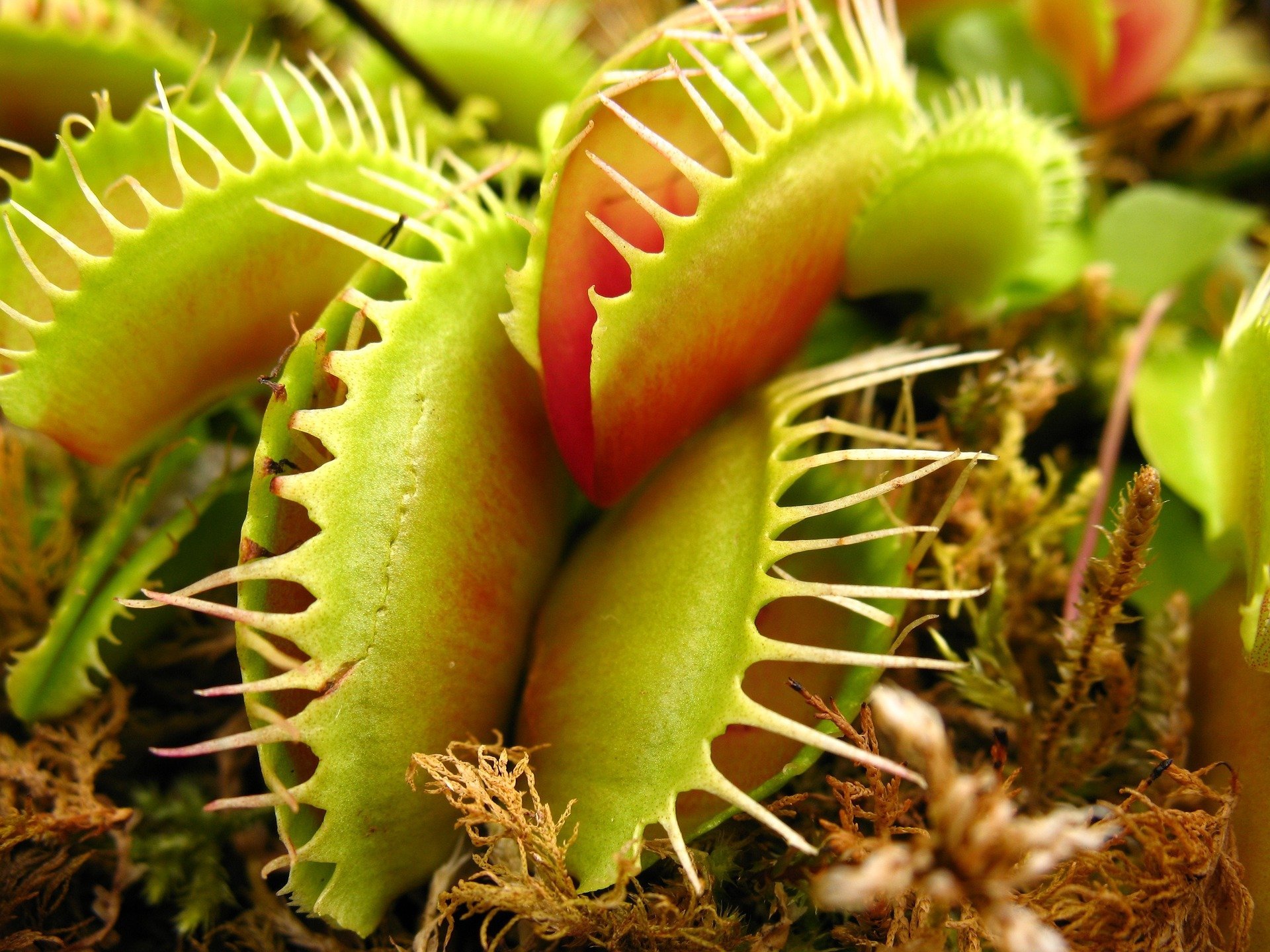
Cool Carnivorous Plants
We’ve all seen the famous (or is it infamous?) Venus flytrap do its thing, right? This is one of the coolest carnivorous plants on the planet, and thanks in part to “Little Shop of Horrors,” it’s a pretty well-known one too. In this iconic musical, the plant (known as Audrey II) comes from outer space. However, in the 1960 movie, the star of the show is a cross between a Venus flytrap and a butterwort, both real carnivorous species...
